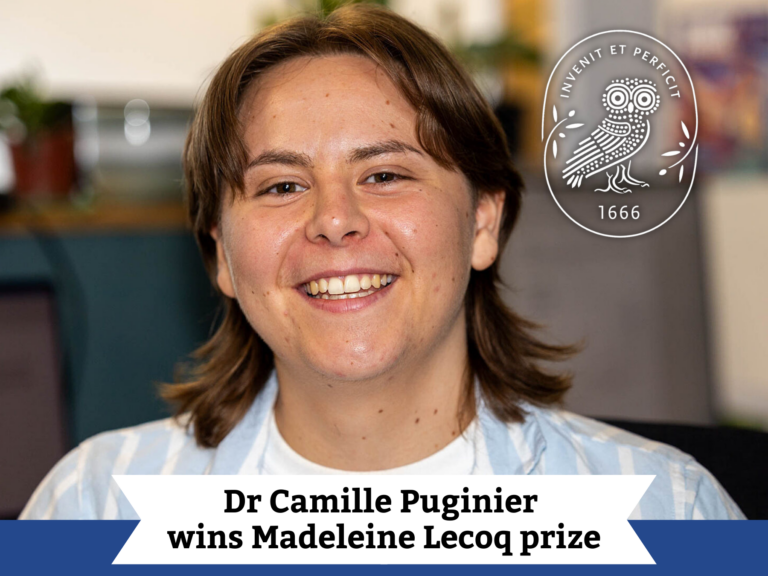Why are we editing plant genes?
By Mia Cerfonteyn
On the 21st of March 2022, the UK took a revolutionary step into the future of agricultural technology by signing a new instrument into law. This amendment will cut red tape for the use of gene editing (GE) in plant research and take a regulatory burden off the shoulders of plant scientists. After learning of these changes, it’s reasonable for the public to wonder why UK agriculture needs this technology and whether the benefits really outweigh the risks.
GE, a method which allows part of an organism’s genome to be changed or removed, has been under the same strict EU regulations as genetically modified organisms (also known as transgenics), even though no foreign DNA is inserted with GE. The UK departure from the EU has created the opportunity to adapt GE regulations to suit the needs of British agriculture and enabled the UK to join an ever-growing list of countries that have simplified GE regulations (most recently joined by India).
What do people think about gene editing?
A survey conducted by the Food Standards Agency (FSA) showed that consumers are more comfortable with GE than with genetic modification (GM), because they perceive it as more natural and safe. People who were better informed about GE were also more accepting of the technology.
And yet, there remain people who feel uneasy about manipulating DNA, the source code of all living things, because it feels like a boundary that shouldn’t be crossed.
Genomes are ever-changing
Molecular geneticists don’t necessarily see DNA as something that should be conserved and left untouched, because it is biologically impossible. Every geneticist knows that DNA, whether it’s from a plant, human or a coronavirus, is changing all the time. Genomes are constantly recombining and mutating regardless of human interference. Across a hectare of wheat, it is estimated that if we sequenced every genome of every seed, each letter of the code would have undergone mutation in one seed or another. Changes to the genome through GE are therefore much more precise than natural variation, which may come as a surprise to some.
Over millennia, our agriculture has relied on selecting spontaneous mutations in crops to provide us with the rich food sources we have today. Consider the amazing variety of vegetables we have generated just from one species, Brassica oleracea, and you will realize the power of selective plant breeding through human intervention.

Why do we need to edit the genomes of our crops?
Here at The Sainsbury Lab, scientists are confident about the potential of GE to solve problems. Sophien Kamoun’s team was one of the first to apply CRISPR technology to edit plants in 2013. Soon after, they developed a powdery mildew-resistant tomato, the Tomelo, by removing only 48 letters from the gene that makes the crop susceptible to this prevalent disease. This methodology could be adapted to many other crops and make them sufficiently disease-resistant to require significantly less fungicide.

The Sainsbury Laboratory has been exploring how to improve crops using GE. With small mutations and deletions, significant changes can be made to the crop phenotype. Powdery mildew is the main reason why UK farmers spray their tomato crops with fungicide. A resistant variety will significantly reduce the need for these agrochemicals. Gene editing naked barley is used to better understand the contribution of seed hulls to malt quality and answer outstanding questions in the malting industry. A more compact tomato plant will allow growers to utilize their greenhouse space more efficiently and maximise tomato yield.
Genetic modification was not the first technology used to manipulate crops at the genetic level. Mutation of genetic material has been used in plant breeding since the 1920s by inducing higher rates of mutations through radiation and chemical treatments. Even though this method generates many random mutations with unpredictable effects, it was exempt from the EU’s GMO legislation due to decades of records of its safe use. Many of such mutations are still present in the barley we enjoy today, such as Golden Promise for beer and whiskey in the UK. More modern technologies, such as GE, are considerably more precise and offer better quality control to identify and reject off-target mutations.
The main issue with conventional breeding methods, including those involving mutagenesis, is the level of unpredictability. This means that it can take decades before a plant breeder gets the combination of qualities they’re looking for. They also need luck to avoid ending up with undesirable qualities. For example, some pairs of genes close to each other on the genome are more likely to be inherited together, causing gene drag. If you wanted a bright red apple, and the bright red gene tends to be inherited with a bitter gene - you would struggle to develop a bright red apple that anyone wants to eat. These are the challenges plant breeders must deal with.
Could GE crops be a part of our future?
For a relatively new technology that has been encumbered with heavy GMO regulations, we have a surprising amount of research already available which exemplifies the incredible potential of GE for plant, human and planetary health.

While genetic technologies could provide powerful solutions to many of the global challenges ahead of us, there are concerns that this revolutionary technology will just send us further down the slippery slope of environmental destruction. However, it’s not the technology that’s the issue, it’s what one does with it. Desirable traits engineered through GE can be part of the solution.
We are running out of time to secure enough food sources for our expanding population in a changing climate and with unpredictable socioeconomic cycles. We will need to employ the full range of technologies, including GE, to solve many of these global challenges to avoid major negative impacts in our quality of life. Afterall, genetic engineering has already been successfully applied and accepted in the production of life-saving medicines such as insulin and COVID-19 vaccines.
We have the potential to apply the same ground-breaking technologies to agriculture and rapidly develop food that requires less land, less fertilizer and fungicide, and is healthier for us to eat.


